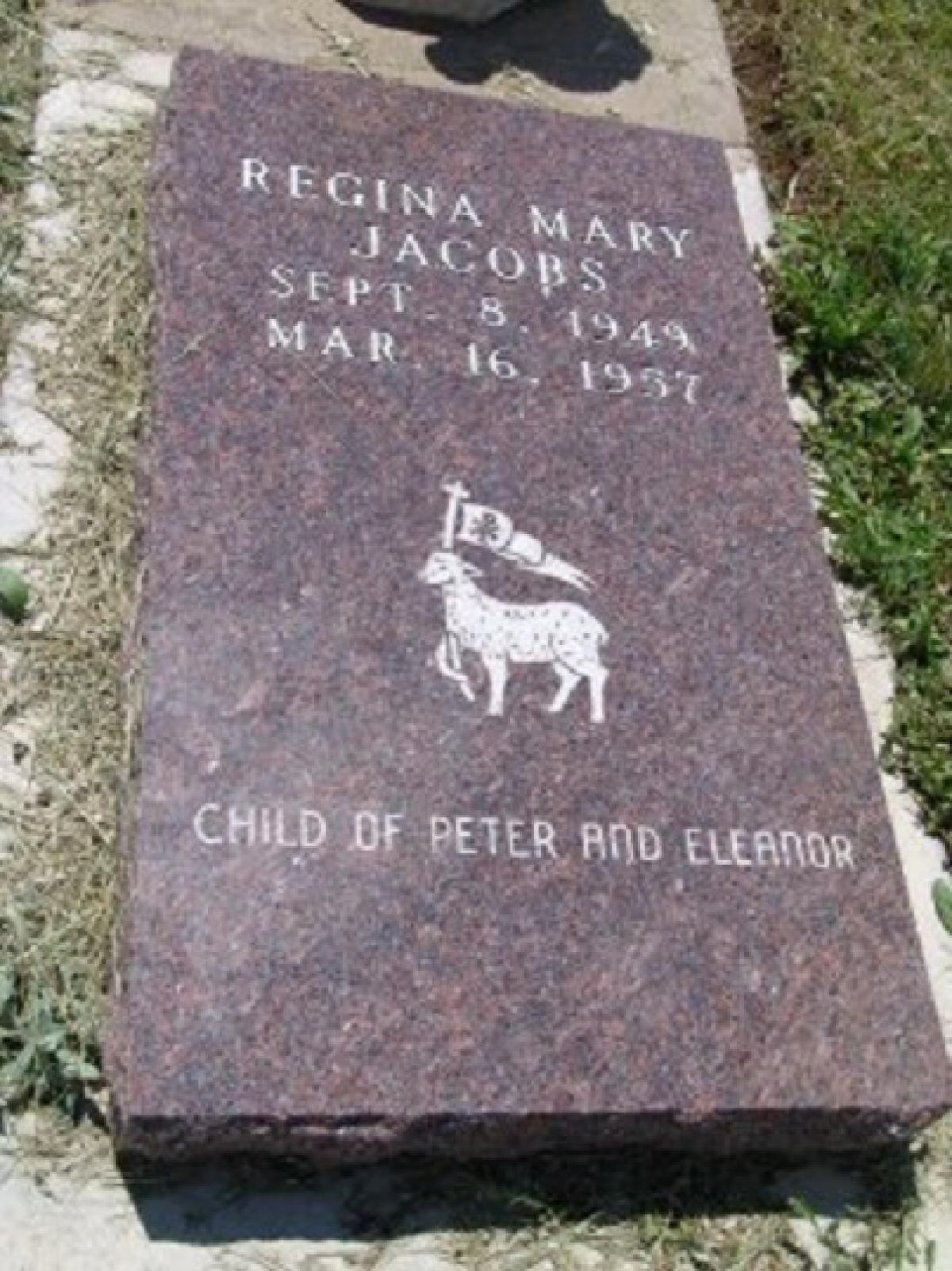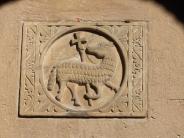- Our Community
- Community Overview City History Community Demographics Chamber of Commerce Events and Activities City Calendar City Parks On-Line Store Cemeteries Local Weather Photo Gallery
- Library School District Public Safety Emergency Management Police Fire ADA Compliance Americans with Disabilities Wall of Honor Wall of Honor
- Grove Regional Airport Grand Lake Association INTEGRIS Grove Hospital Har-Ber Village Lendonwood Garden Playmakers Theatre Cayuga Mission
- Doing Business
- Welcome Visitors
- Grand Lake Association Grove Area Chamber of Commerce Grove Regional Airport Playmakers Theatre
- Cayuga Mission Har-Ber Village Lendonwood Garden Grand River Dam Authority (GRDA)
- On-line Store Photo Gallery Events Where to Eat Where to Stay Where to Park in Downtown Grove Wolf Creek Park & Boating Facility
- Inside City Hall
- Contact City Hall Staff Directory Submit a Complaint or Comment City Code Comprehensive Plan Jobs - Equal Opportunity Employer Non-Discrimination Download Employment Application Submit Employment Application
- Agendas and Minutes City Council Boards and Committees Convention and Tourism Bureau Economic Development Authority Municipal Airport Authority Municipal Service Authority Planning and Zoning Board Zoning Board of Adjustments ADA Compliance Americans with Disabilities
- Departments Administration Airport Buildings and Grounds Community Development Economic Development Finance Fire Emergency Management Municipal Court Police Public Works Utility Services
- Helpful Resources
- Alerts and Notifications Email Subscriptions Events and Meetings Agendas and Minutes City Calendar In the News City News
- Contact the City Staff Directory Submit a Request or Concern Code Red Code Red Login Documents and Forms Documents and Reports Forms, Permits and Applications Maps
- Social Media City of Grove on Facebook Wolf Creek Park on Facebook Grove Animal Control on Facebook Frequently Asked Questions Frequently Used Numbers Helpful Links
Agnus Dei

AGNUS DEI - Symbol for the Lamb of God (Greek: Ἀμνὸς τοῦ Θεοῦ, Amnos tou Theou; Latin: Agnus Dei) is a title for Jesus that appears in the Gospel of John. It appears at John 1:29, where John the Baptist sees Jesus and exclaims, "Behold the Lamb of God who takes away the sin of the world."
The imagery of a lamb in the New Testament is built upon how lambs were used in the Old Testament. Lambs were among the animals that were sacrificed by the ancient Israelites as an atonement for humanity's sins. Sacrificial lambs took the place of a human sinner, absorbing the cost of sin, which is death. The New Testament teaches that as animals took the place of people in the sacrificial system, so Jesus takes the place of sinners when he dies for their sins upon the cross.
The symbolism of the lamb, used by Christians today can have different meanings:
- In general, the lamb represents Jesus, "the Lamb of God" (Agnus Dei).
- Standing with a banner, the lamb represents the risen Christ triumphant over death.
- Standing with a cross and a gash in its side, it symbolizes the passion of Christ.
- Seated on a throne or a book, the lamb represents the judgment of Christ.
Because the lamb is humble, gentle, and innocent, lambs are sometimes engraved on the tombstones of children.
Related Bible Verse: Then I looked and heard the voice of many angels, numbering thousands upon thousands, and ten thousand times ten thousand. They encircled the throne and the living creatures and the elders. In a loud voice they sang: "Worthy is the Lamb, who was slain, to receive power and wealth and wisdom and strength and honor and glory and praise!" (Rev 5:11-12)
Click any thumbnail image to view a slideshow

